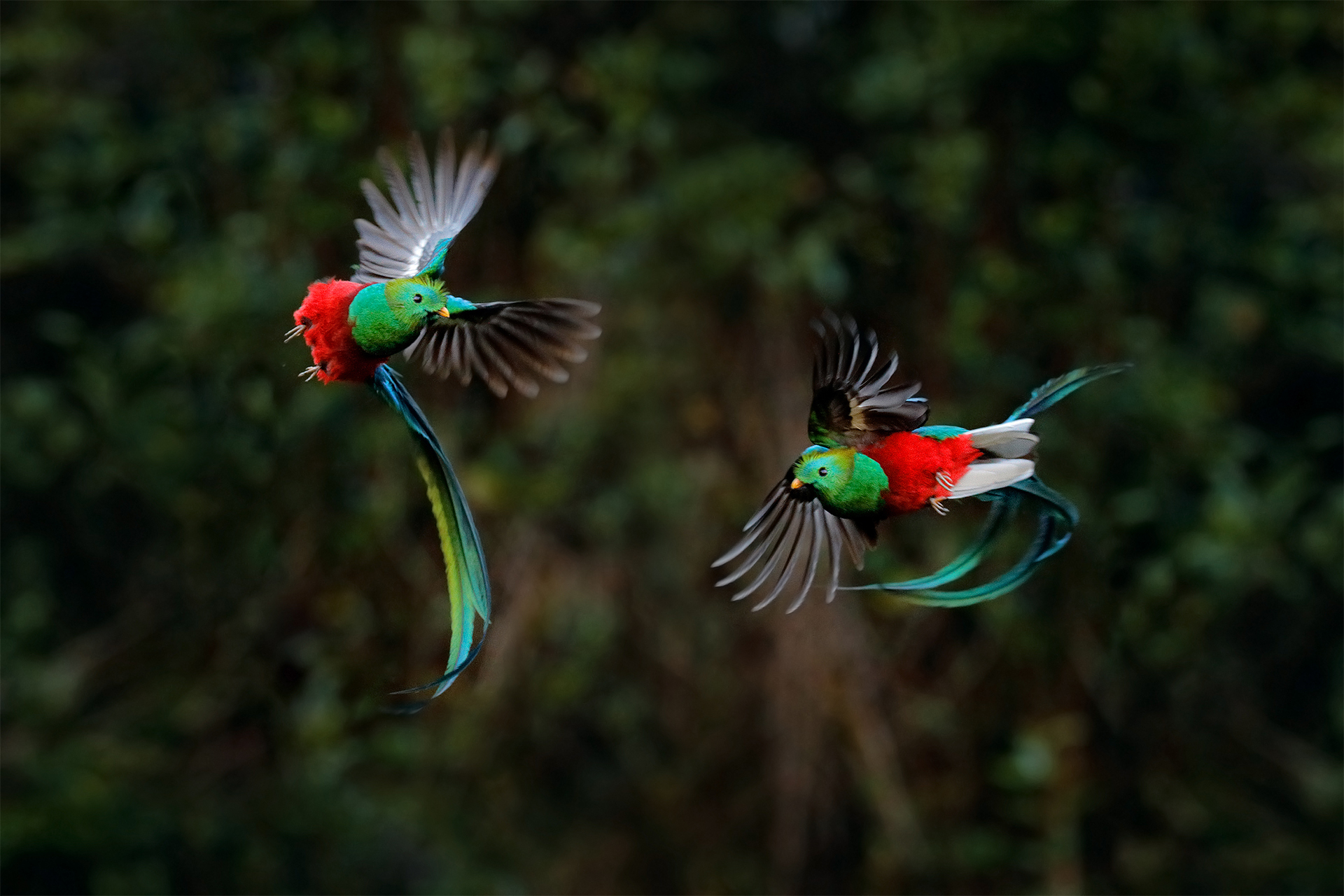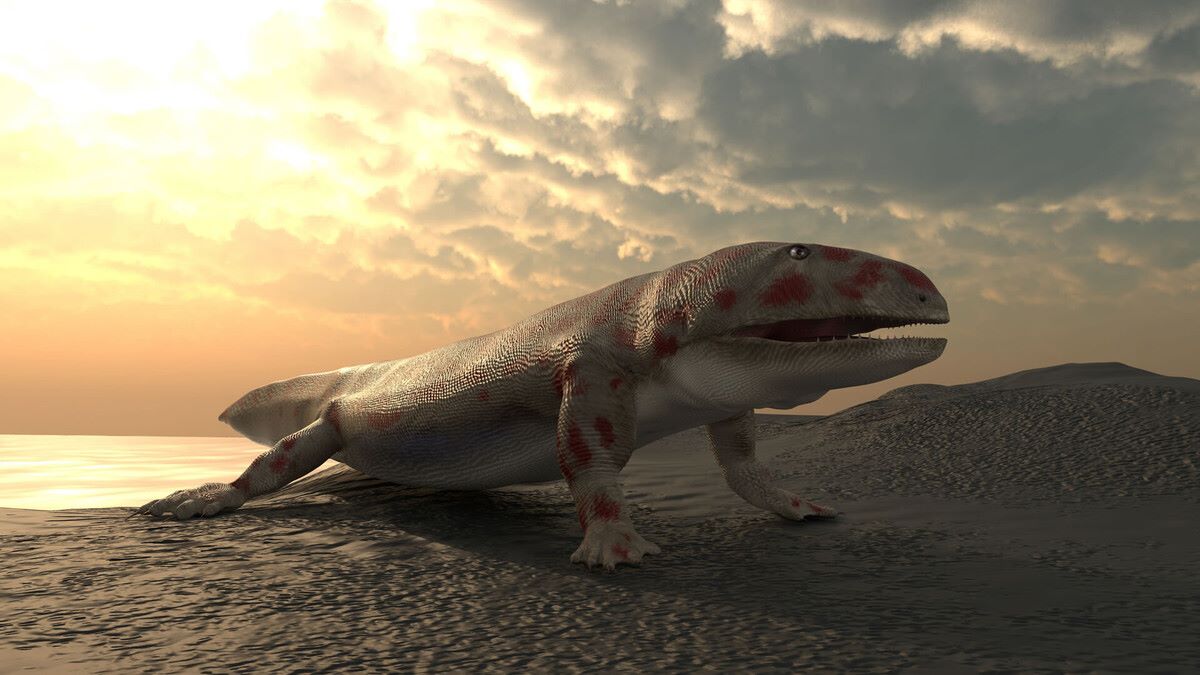
The quetzal, with its vibrant plumage and exquisite beauty, is a magnificent bird that holds a special place in the hearts of nature enthusiasts and birdwatchers. Found in the cloud forests of Central America, the quetzal is known for its striking colors and long, flowing tail feathers. But there’s so much more to this remarkable creature than meets the eye. In this article, we will explore 20 fascinating facts about the quetzal, delving into its habitat, behavior, conservation status, and cultural significance. From its unique breeding habits to its symbolic importance in ancient civilizations, the quetzal is a species that captivates both scientists and admirers alike. So sit back, relax, and embark on a journey into the captivating world of the quetzal, uncovering its secrets along the way.
Key Takeaways:
- The Quetzal is a stunning bird with vibrant green plumage, long tail feathers, and a unique call. It plays a vital role in seed dispersal and is considered endangered due to habitat loss and poaching.
- Quetzals are important cultural symbols and have a ceremonial role in indigenous cultures. They are excellent climbers, have a unique digestive system, and are considered a flagship species for conservation efforts.
The Quetzal is a magnificent bird
The Quetzal is a stunningly beautiful bird known for its long, iridescent tail feathers that can reach up to 1 meter in length. It is considered one of the most beautiful birds in the world.
It is native to Central America
The Quetzal is found in the cloud forests of Central America, specifically in countries like Guatemala, Costa Rica, and Honduras. It is often associated with tropical rainforests and high-altitude areas.
The Quetzal is a symbol of freedom and wealth
In ancient Mayan and Aztec cultures, the Quetzal bird was considered a sacred symbol of freedom and wealth. Its feathers were highly prized and used by rulers and priests for their elaborate headdresses.
It has vibrant green plumage
The Quetzal has a vibrant green plumage, which helps it blend seamlessly with the dense foliage of the rainforest. The males also have a bright red breast and a tuft of feathers on their head.
The diet of Quetzals consists mainly of fruits and insects
Quetzals primarily feed on fruits, especially wild avocados, figs, and berries. They also eat insects, small reptiles, and even small vertebrates like frogs and lizards.
Quetzals play a vital role in seed dispersal
As Quetzals consume fruits, they inadvertently help in seed dispersal by excreting the undigested seeds in different locations. This promotes the growth of new plants and contributes to the ecosystem’s diversity.
Their extraordinary tail feathers are used in courtship displays
Male Quetzals use their incredible long tail feathers during courtship displays. They flutter and swing their tails, creating a beautiful display of colors to attract female mates.
Females lay 2-4 eggs per clutch
Female Quetzals lay around 2-4 eggs per clutch in tree cavities or abandoned woodpecker nests. The eggs are incubated by both parents for about two weeks.
Quetzals are monogamous birds
Quetzals are known to form monogamous pairs during the breeding season. The male and female work together to raise their offspring and defend their territory.
They have a unique vocalization
Quetzals have a distinct and melodious call that sounds like a combination of whistles and trills. Their vocalizations are often heard during territorial disputes or courtship rituals.
Quetzals are considered endangered
Due to habitat loss and illegal poaching for their beautiful feathers, Quetzals are considered endangered. Conservation efforts are being made to protect their habitats and ensure their survival.
Their flight is slow and fluttery
Quetzals are not known for their speedy flight. They have slow, fluttery wingbeats, which is why they thrive in densely forested areas, where maneuverability is more important than speed.
Quetzals are important cultural symbols
The Quetzal holds significant cultural importance in countries like Guatemala, where it is the national bird and the currency is named after it. It is also featured prominently in art, textiles, and traditional folklore.
They can live up to 20 years
Quetzals have a relatively long lifespan, with some individuals living up to 20 years in the wild. However, their longevity is dependent on the availability of suitable habitats and food sources.
Quetzals have a low population density
Quetzals are not commonly found, and their population density is relatively low. This is due to their specialized habitat requirements and the limited availability of suitable nesting sites.
They are excellent climbers
Quetzals have strong feet and claws, which enable them to climb trees with ease. They often use this ability to reach fruit-bearing branches or construct their nests in tree cavities.
Quetzals have a ceremonial role in indigenous cultures
For many indigenous cultures, the Quetzal is a revered bird with a ceremonial significance. It is often associated with fertility, wisdom, and spiritual guidance.
They migrate within their range
Quetzals may migrate within their range, seeking out preferred feeding and breeding areas. However, their movements are generally limited to altitudinal migrations rather than long-distance travel.
Quetzals have a unique digestive system
Quetzals have an interesting digestive system that allows them to extract nutrients from the fruits they consume. They regurgitate the seeds while retaining the pulp, ensuring efficient digestion.
Quetzals are a flagship species for conservation
Due to their striking beauty and cultural significance, Quetzals are often considered flagship species for conservation efforts. Protecting their habitats helps safeguard other species that rely on these ecosystems.
Conclusion
Quetzals are truly fascinating creatures that capture the awe and admiration of nature enthusiasts around the world. With their vibrant plumage and unique characteristics, they have become a symbol of beauty and resilience in the animal kingdom. From their elaborate courtship rituals to their important role in seed dispersal, quetzals play a crucial role in maintaining the balance of ecosystems.By learning about the 20 facts about quetzals, we have gained insight into their habitat, behavior, and conservation status. It is important for us to appreciate and protect these magnificent birds, as they face various threats including habitat loss and illegal trapping. Through conservation efforts, we can ensure that future generations will continue to witness the awe-inspiring presence of quetzals in the wild.In conclusion, the quetzal is a remarkable creature that exemplifies the wonders of the animal kingdom. Its beauty, unique adaptations, and ecological importance make it a true marvel of nature. By raising awareness and taking action, we can contribute to the preservation of these incredible birds for generations to come.
FAQs
Q: Where can quetzals be found?
A: Quetzals are primarily found in the cloud forests of Central America, including countries like Costa Rica, Guatemala, and Panama.Q: What do quetzals eat?
A: Quetzals primarily feed on fruits, especially those from the Lauraceae family. They also consume insects, small reptiles, and amphibians.Q: Are quetzals endangered?
A: Yes, several species of quetzals are currently listed as either near threatened or vulnerable due to habitat loss and illegal poaching.Q: How long do quetzals live?
A: Quetzals have an average lifespan of around 20 years in the wild, although some individuals have been known to live up to 30 years.Q: Do quetzals migrate?
A: Quetzals are considered altitudinal migrants, meaning they move between different elevations in response to changes in food availability and nesting conditions.Q: How do quetzals attract mates?
A: Male quetzals have elaborate courtship displays, including flying acrobatically, calling loudly, and showcasing their colorful plumage to attract female mates.Q: What is the significance of quetzals in Mayan culture?
A: Quetzals were highly revered by the ancient Mayans, who considered them sacred birds symbolizing divinity, freedom, and prosperity.Q: Can quetzals be kept as pets?
A: No, keeping quetzals as pets is illegal in most countries, as they are protected species and their capture and trade is strictly regulated.
Quetzals are truly remarkable creatures, captivating bird enthusiasts and nature lovers alike with their stunning beauty and intriguing behaviors. From their vibrant plumage to their crucial role in Mesoamerican mythology, these fascinating birds have much to offer those who take the time to learn about them. If you've enjoyed discovering these 20 facts about quetzals, why not continue your exploration of mythical creatures by delving into the world of quetzal dragons? Tales of these legendary beings offer a unique blend of fantasy and cultural significance that will surely pique your curiosity.
Was this page helpful?
Our commitment to delivering trustworthy and engaging content is at the heart of what we do. Each fact on our site is contributed by real users like you, bringing a wealth of diverse insights and information. To ensure the highest standards of accuracy and reliability, our dedicated editors meticulously review each submission. This process guarantees that the facts we share are not only fascinating but also credible. Trust in our commitment to quality and authenticity as you explore and learn with us.


